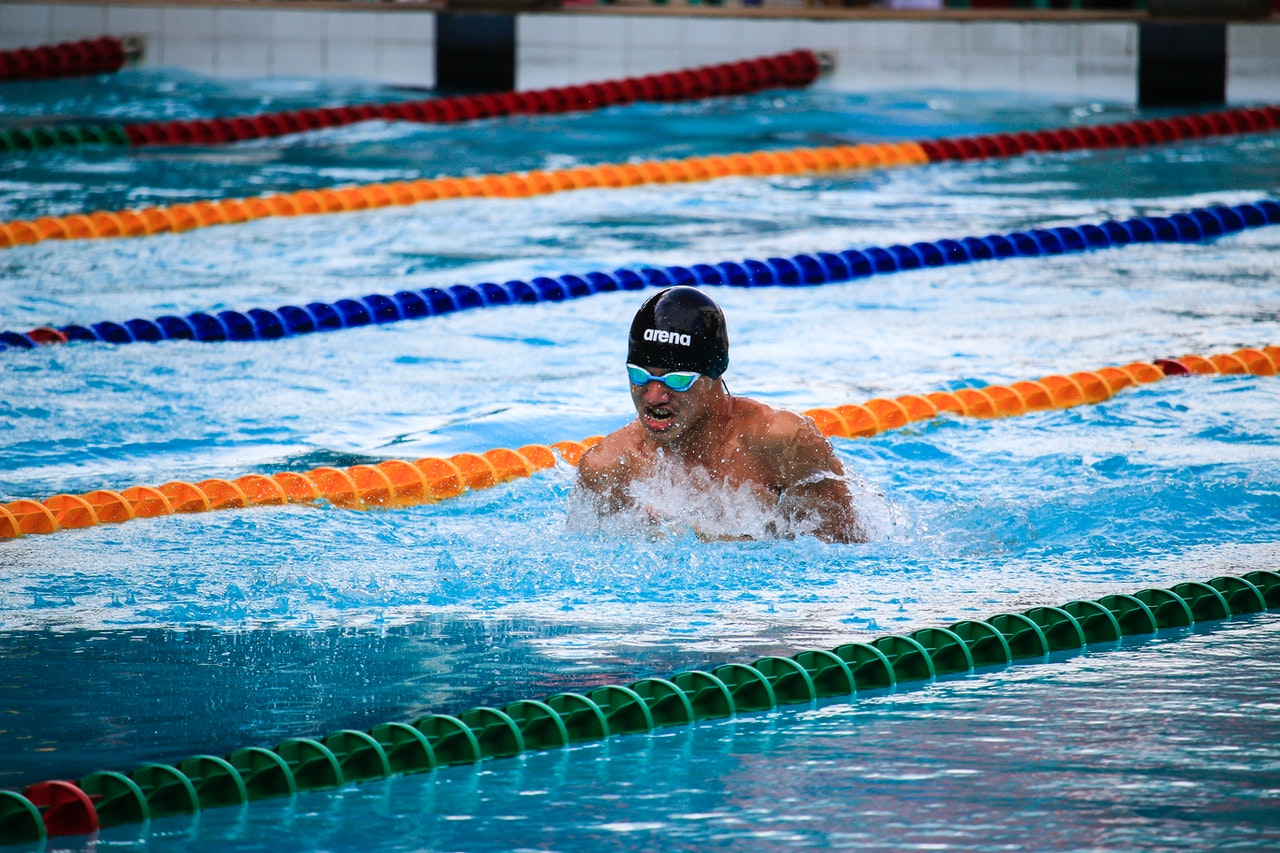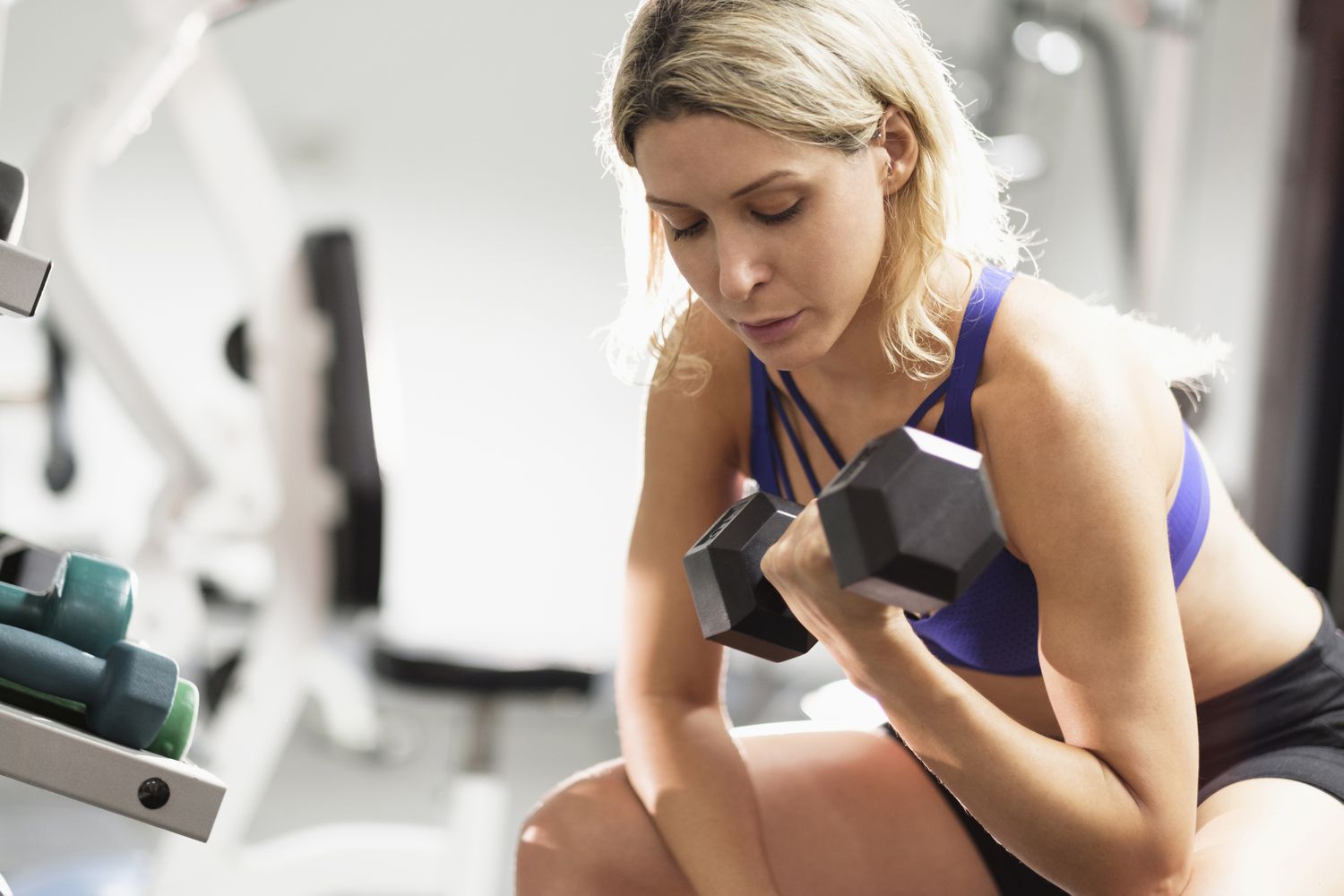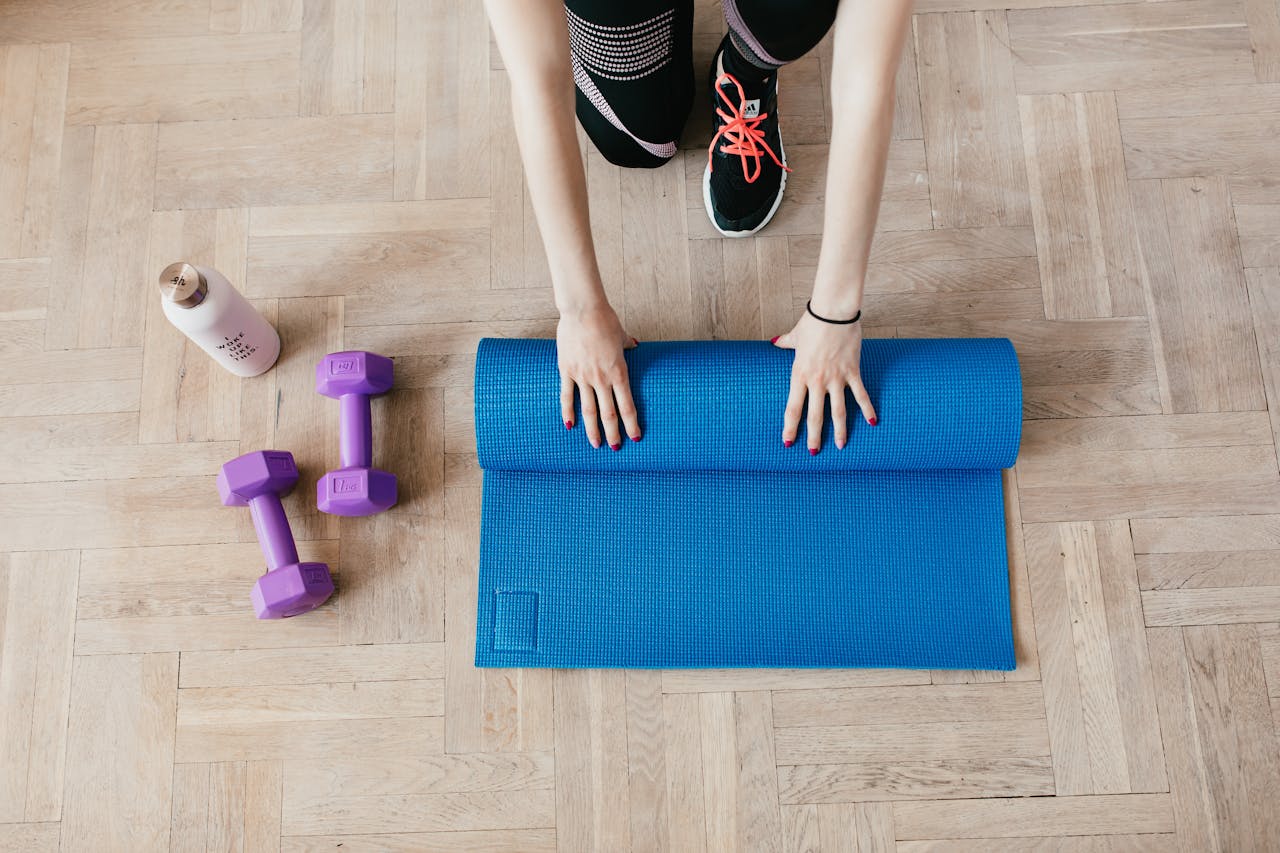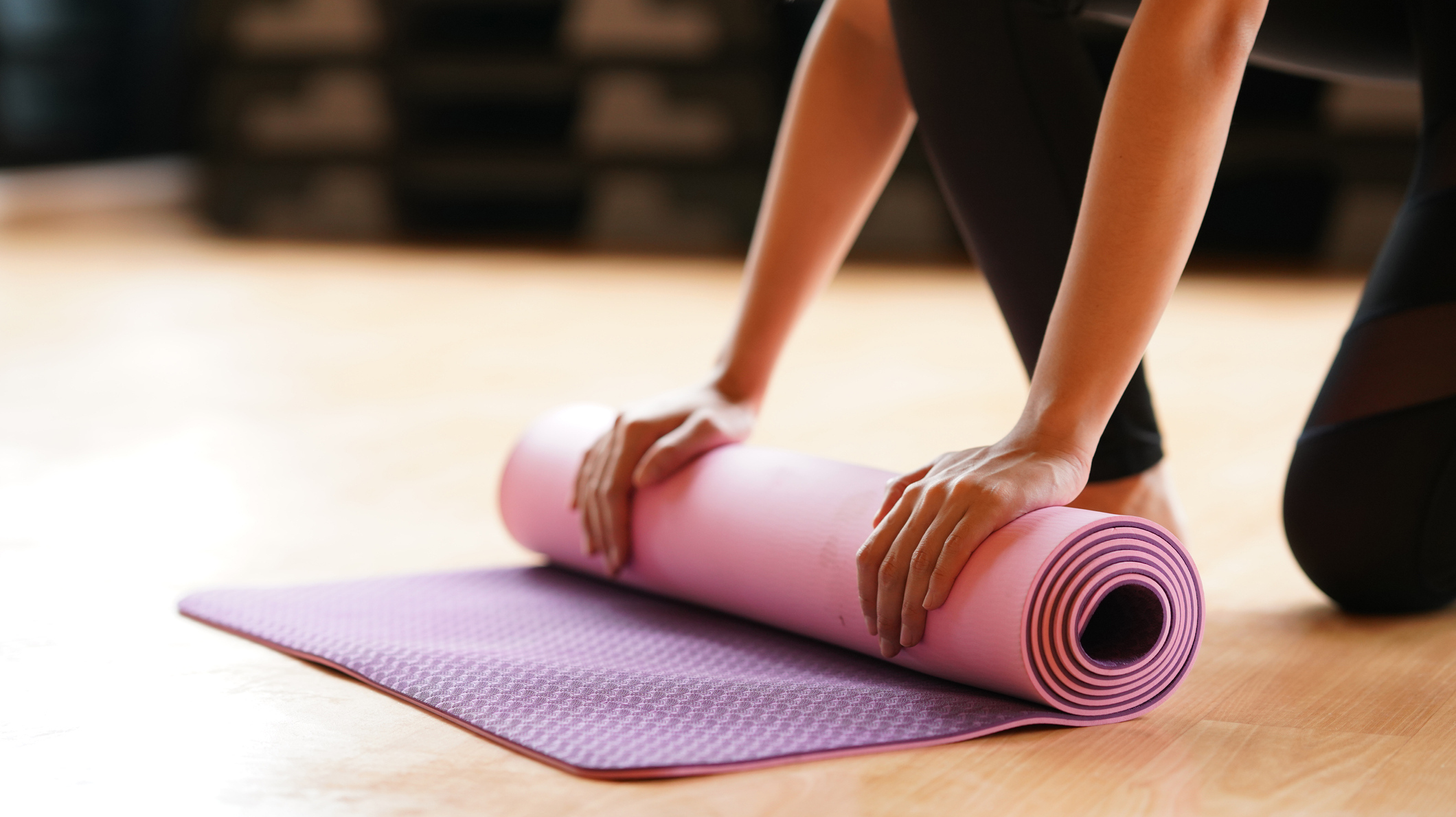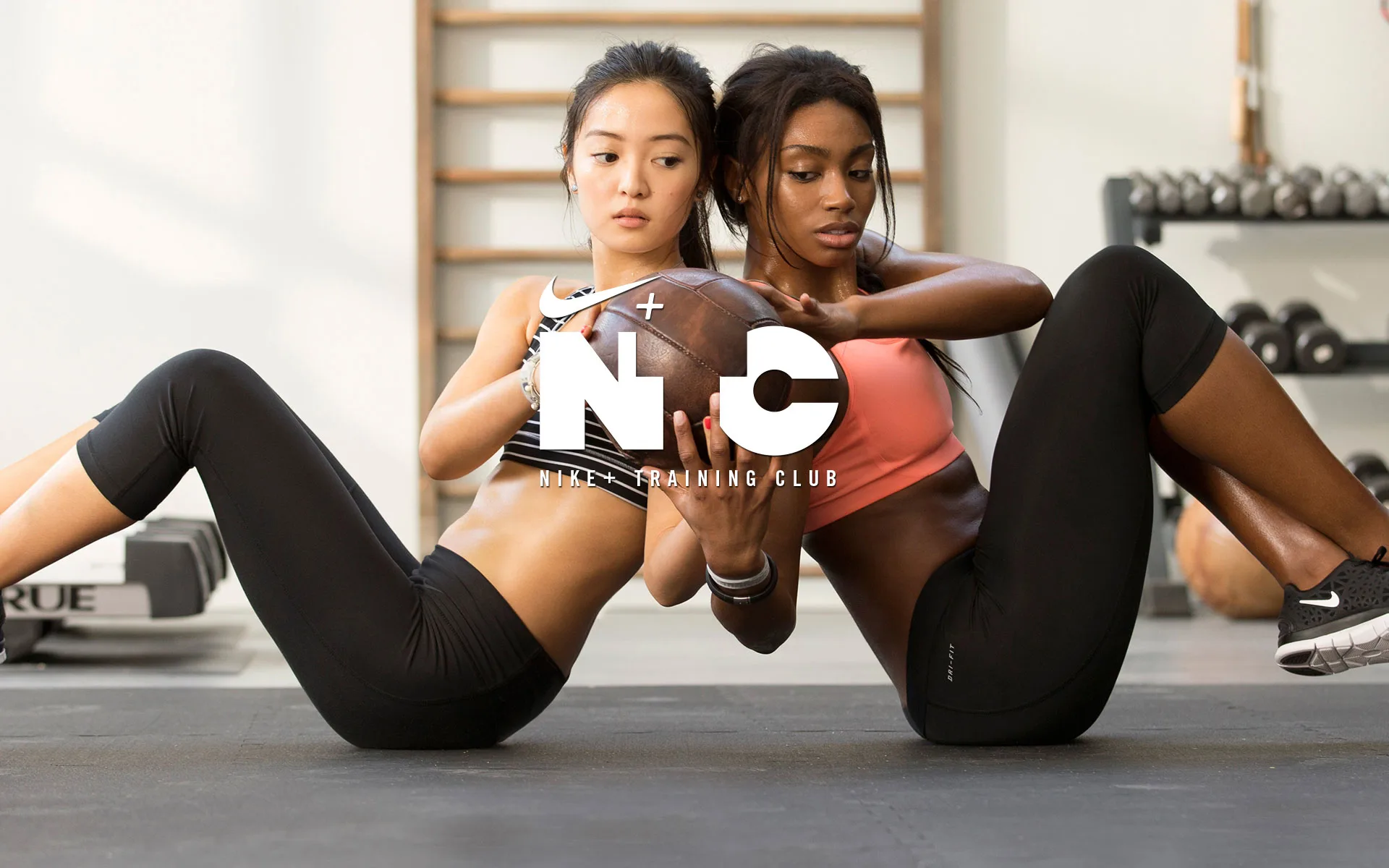When it comes to swimming, having the right gear can make all the difference in your performance and comfort. The best gear for swimming includes essential items like a well-fitting swimsuit, goggles, and a swim cap, which are crucial for both beginners and competitive swimmers. As you advance, investing in training tools such as kickboards and paddles can enhance your technique and efficiency in the water.
Understanding your needs as a swimmer is vital. Whether you are just starting or aiming for a competitive edge, the right swim equipment can support your journey. From choosing the best brands to learning about specific features, knowing what to look for will help you make informed decisions.
You’ll also want to consider post-swim recovery gear and techniques to optimize your training. With the right information and tools, you can enjoy swimming more and reach your goals faster.
Key Takeaways
- Choosing the right swim gear enhances your comfort and performance.
- Training equipment can improve your swimming technique and speed.
- Post-swim recovery tools are important for maintaining performance.
Essential Swimwear and Accessories
Choosing the right swimwear and accessories is vital for comfort and performance in the water. The right gear not only enhances your swimming experience but also helps you feel confident in the pool or ocean.
Choosing the Right Swimsuit
Selecting a swimsuit is one of the most important decisions for any swimmer. Various styles cater to different needs:
- One-Piece Swimsuit: Ideal for females, providing full coverage and support. Great for both training and leisure.
- Swim Briefs: Often favored by competitive male swimmers. They offer less drag and freedom of movement.
- Swim Trunks: Casual trunks provide comfort and style for recreational swimming.
- Jammers: These knee-length suits are popular among male swimmers and reduce water resistance.
When choosing a swimsuit, make sure to consider the fit, material, and intended use. Look for fabrics that are chlorine-resistant to ensure durability and comfort.
Comfort and Functionality with Swim Caps and Goggles
Swim caps and goggles are essential accessories that enhance your swimming experience.
- Swim Caps: A silicone swim cap fits snugly, helps reduce drag, and protects your hair from chlorine damage. Choose one that offers comfort and ease of use.
- Swimming Goggles: Proper-fit goggles ensure clear vision underwater and protect your eyes from irritants. Look for adjustable straps and seals that provide a snug fit.
Bright colors or tinted options can also enhance visibility in different settings.
Investing in quality swimwear and accessories will improve your confidence and performance in the water.
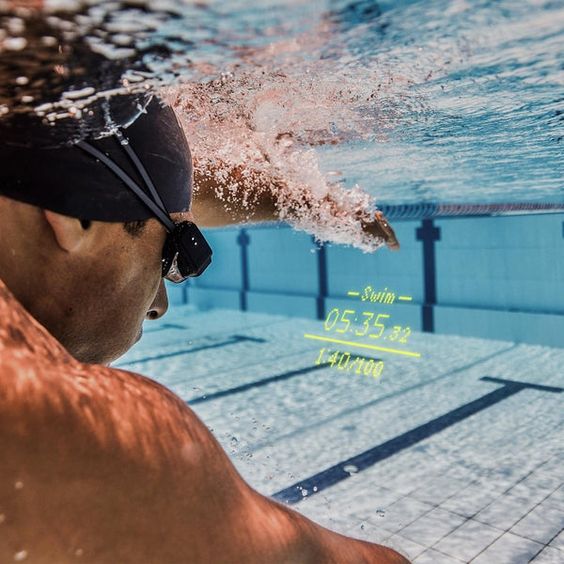
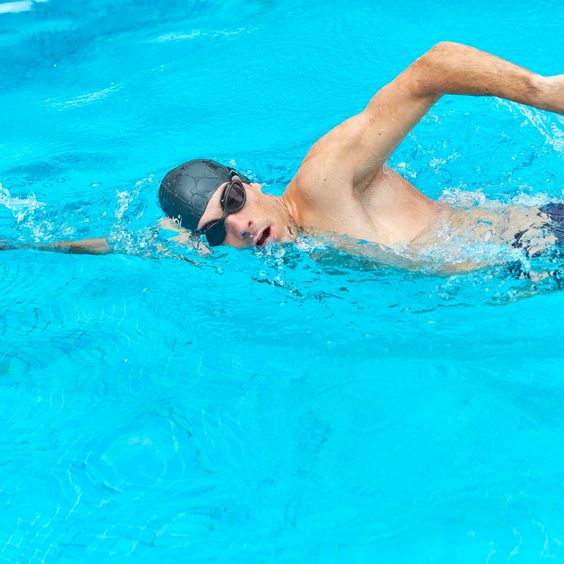
Swimming Training Equipment
When it comes to improving your skills in the water, specific training equipment can make a significant difference. The right tools can enhance your buoyancy, build strength, and improve your technique. Here are key items to consider.
Buoyancy Aids and Resistance Tools
Buoyancy aids help you focus on your stroke technique by providing support and stability. Popular options include:
- Pull Buoy: Placed between your thighs, this helps you maintain proper body position while you work on your arm strokes.
- Kickboards: These allow you to concentrate on your kicking technique. Hold onto the board and kick for improved leg strength.
Resistance tools, like swim parachutes, add drag while you swim, making your muscles work harder. You can also use an ankle band, which limits leg movement and forces you to engage your core for better stability.
Fins and Paddles for Strength and Technique
Fins are essential for building leg strength and improving kick efficiency. You can choose between:
- Short Fins: These provide speed and allow for faster turnover.
- Long Fins: Ideal for beginners, they help with proper kicking motion.
Swim paddles are used on your hands during strokes, giving you feedback on your pull. Different sizes and shapes change the resistance and can target specific muscle groups.
Utilizing these training tools effectively will help you refine your swimming skills and boost your overall performance.
Techniques for Improved Swim Performance
To enhance your swimming skills, focus on body position, breath control, and race strategies. Mastering these techniques can significantly boost your efficiency and speed in the water.
Mastering Body Position and Breath Control
Body position is vital for minimizing drag while you swim. Keeping your body horizontal creates less resistance. You can practice this by using drills like the backstroke or dolphin kick.
Breath control is equally important. You should aim to breathe in quickly and efficiently between strokes. Try to turn your head just enough to take air without disturbing your body position.
Examples of helpful drills:
- Side breathing: Practice breathing while maintaining your body alignment.
- Underwater work: Swim with limited breaths to increase lung capacity.
These practices can improve both your technique and comfort in the water.
Race Preparation and Pace Strategy
Effective race preparation requires knowing your race pace. Determining your ideal pace helps you maintain energy throughout the event. Use swim workouts to practice pacing strategies.
Before a race, you can simulate conditions by doing a few flip turns or sprint sets. This allows you to adapt to changes in speed.
Tips for race day:
- Warm-up properly: Spend time warming up to prepare your muscles.
- Set a clear strategy: Decide whether you will start fast or conserve energy for a strong finish.
By focusing on these elements, you’ll develop better swim performance and confidence on race day.
Post-Swim Recovery and Maintenance
After a swim, taking care of your body and gear is essential. Proper recovery and maintenance can enhance your performance and prolong the life of your equipment. Focus on hydration, nutrition, and equipment care to ensure you’re ready for your next swim.
Hydration and Nutrition for Swimmers
Hydration is crucial for swimmers. After your workout, aim to drink plenty of water to replace fluids lost during swimming. A water bottle is handy for this purpose.
Consider a post-workout snack that contains a mix of carbohydrates and protein, such as a banana and yogurt. This combination helps replenish glycogen stores and aids muscle repair. Ideally, consume this snack within 30 minutes of finishing your swim.
Chloramines in pool water can be harsh on your skin, and proper nutrition supports skin health. Foods rich in vitamins A, C, and E can help your skin recover from exposure to chlorine.
Care for Swim Gear and Skin Protection
Caring for your swim gear is just as important as recovery for your body. Rinse your swimsuit, goggles, and swim cap with fresh water after each swim to remove chlorine. This prevents damage and extends the life of your gear.
Using a swim parka can help maintain your body temperature after a swim. It keeps you warm and protects your skin from cool air. Towels are also helpful; using a soft, absorbent towel can keep you dry and comfortable.
Protect your ears with ear plugs and your nose with a nose clip to prevent irritation from chlorinated water. Storing your gear in a swim bag keeps everything organized and ready for your next session.
Frequently Asked Questions
This section answers some common questions about swimming gear. You can find out what equipment you need, what to wear for better performance, and how the right gear can help you improve in the water.
What are the essential pieces of equipment for beginner swimmers?
For beginner swimmers, the essential pieces of equipment include a swimsuit, goggles, and a swim cap. Fins can also be helpful to improve kicking technique. A training board might be useful too.
What should I wear for optimal performance when swimming?
To perform your best, choose a swimsuit designed for training, like a swim brief or jammer for men and a one-piece or two-piece suit for women. Wearing a comfortable swim cap and well-fitting goggles is also important for reducing drag.
What are the names of different swim gear items every swimmer should know?
Every swimmer should know about goggles, swim caps, fins, pull buoys, kickboards, and snorkels. Each item serves a distinct purpose, whether for training or recreational use.
How does the right swim gear enhance swimming efficiency?
Proper swim gear reduces drag, allowing you to move more smoothly through water. Fins can help you develop stronger kicks, while a good swimsuit provides comfort and support. Together, these items improve your technique and overall speed.
Can you list the top swim accessories recommended for competitive swimmers?
Top swim accessories for competitive swimmers include high-quality goggles, a swim cap, training paddles, and fins. You might also consider a pull buoy or a snorkel to enhance your training sessions.
What swimming equipment should I invest in as a novice to improve my technique?
As a novice, consider investing in a well-fitting swimsuit, quality goggles, and a kickboard. Fins are also a great option to help strengthen your legs and refine your kicking technique.
